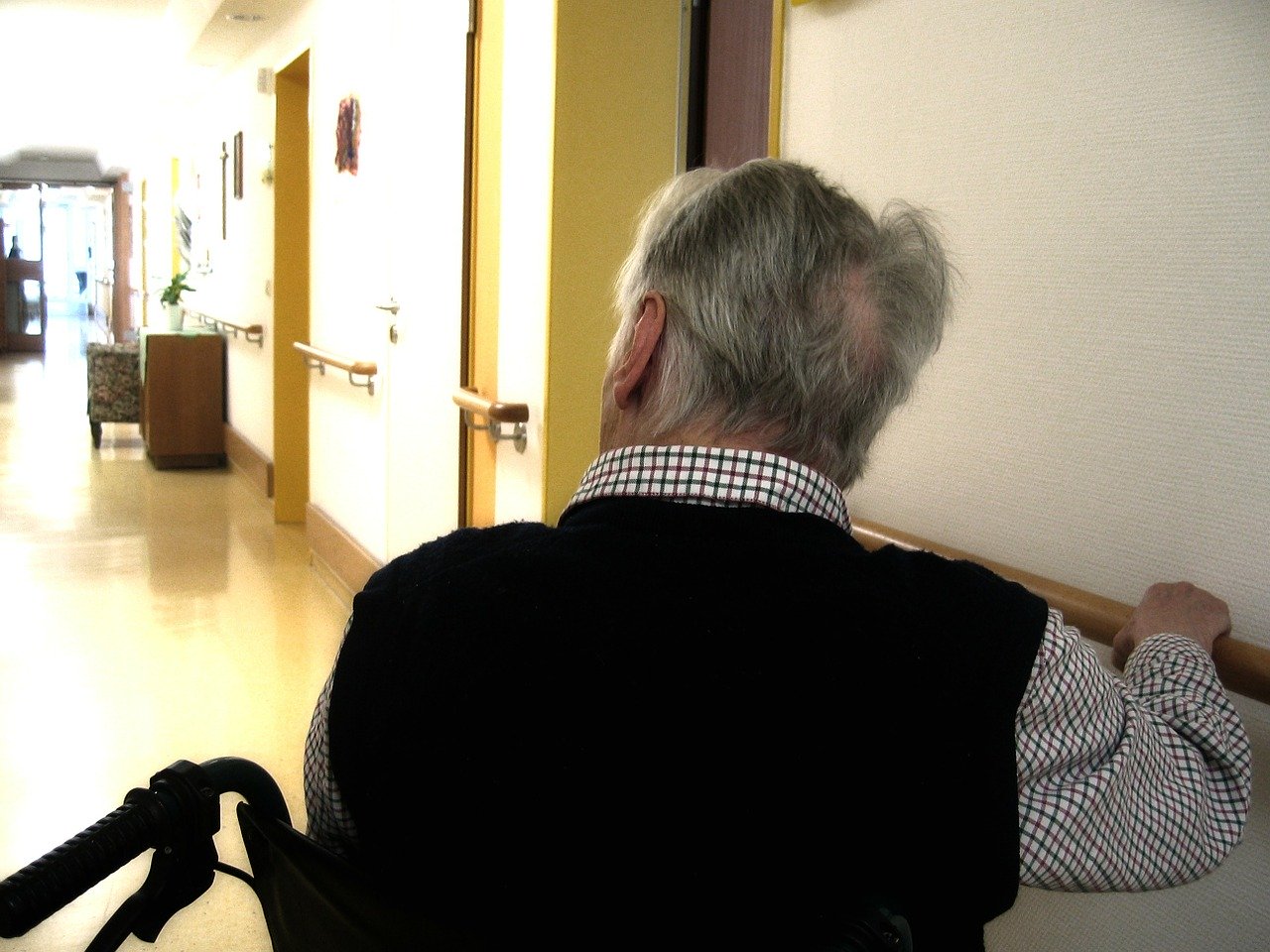There will be many heroes in the coming days, some already rising to the challenge of COVID-19, including nurses, doctors, paramedics and hospital cleaners, as well as delivery drivers, grocery store workers and warehouse staff.
But there’s one critical occupation that is routinely forgotten when we champion the heroes: nursing home care aides who stayed when even their own lives and the lives of their families were put in danger.
You may unsubscribe from any of our newsletters at any time.
When they are remembered at all, they are mentioned in passing, as a homogenous block, without giving much thought to the real people they are, the work they do and the challenges and dangers they face – both before the crisis and now, during the pandemic.
Care aides suffer along with families and residents when these older adults die, separated from family under difficult and sometimes unpleasant circumstances.
Who are care aides and what do they do?
Care aides, also known as nurses’ aides, personal support workers or continuing care assistants, are the largest work force in long-term care homes in Canada, providing upwards of 90 percent of direct care. Their role is central to the quality of care and quality of life of individuals living in long-term care homes.
Now, their work is central to the survival of our most vulnerable population. Over 80 per cent of residents in Canadian nursing homes are now living with some kind of cognitive impairment (dementia).
More on Broadview: Making end-of-life decisions during COVID-19
Many families often take on tasks like feeding, helping with mobility and engaging socially in the care homes, but because they can no longer visit, this puts even more onus on care aides to safeguard them.
By nature, the work of care aides is intimate – it involves bathing, feeding and toileting residents. They can’t practice the advised ‘social distancing.’ And yet, we also aren’t consistently giving them the personal protective equipment (PPE) they need to keep themselves safe.
COVID-19 has hit nursing homes across the country hard with more than 600 nursing homes reporting COVID-19 cases and many reported COVID-19 related deaths – and these numbers rising daily.
We’ve put care aides in a state of triple vulnerability: their work is more important than ever, yet they are working in understaffed conditions, and they are underpaid and underequipped to do it adequately – while also putting their own safety and that of their families at risk.
The long-term care system is particularly susceptible to being overwhelmed right now because, as over a decade of Translating Research in Elder Care research has shown us, it was running on zero margins before the COVID-19 crisis.
Who’s holding it all together?
TREC data collected across more than 90 long-term care homes in BC, Alberta, Saskatchewan and Manitoba, some of it collected for more than a decade reveal that he majority of care aides are women (90 percent), over 40 years of age (67 percent) and almost two-thirds (61 percent) speak English as a second language.
Thirty percent of care aides work at more than one long-term care home simultaneously, in order to gain full time hours or earn a living wage. Most have worked 10 years on average as a care aide, about half of that time on the same unit.
COVID-19 is only revealing fault lines that already existed in long-term care.
Care aides consistently report higher levels of burnout and lower levels of mental health than the general population. They are regularly – before the pandemic – under work duress.
Our recent study documented the frequency with which care aides in Canada skipped or rushed essential care tasks on their last shift because they had insufficient time. Essential care tasks include things like taking residents for a walk, talking with residents, performing mouth care, toileting, bathing, feeding, dressing and preparing residents for sleep.
More than 65 percent of care aides reported rushing at least one essential care task and over 57 percent of care aides reported missing at least one essential care task altogether on their last shift.
COVID-19 is only revealing fault lines that already existed in long-term care. Now we must do everything we can to make sure we don’t put either our vulnerable seniors or our care aides at unnecessary risk.
We need to protect our long-term care heroes now.
We need to do everything in our power to immediately raise staffing levels in nursing homes to safe levels, no matter what it takes.
We need to prioritize essential PPE to all care aides.
Governments should also consider providing, as Quebec and B.C. have already done, ‘top up’ or ‘danger pay’ for care aides, recognizing the risks that they are incurring and ensuring they do not need to, as many do currently, work in more than one care home or one job at once.
We need to immediately begin planning for the mental health support that these essential workers will require in the aftermath of the pandemic’s first wave.
We need to look at these short-term solutions carefully and ensure we do not have negative unintended long-term consequences for example, from the one workplace policy.
If we do not intervene immediately to better support the front line in nursing homes, the outcomes will be far worse than they need to be – among both residents and this essential workforce.
This QUOI Media Group commentary was made available under a Creative Commons license.
Dr. Carole A. Estabrooks is Scientific Director of the pan-Canadian Translating Research in Elder Care (TREC) program and Professor & Canada Research Chair, Faculty of Nursing at the University of Alberta.
Dr. Janice Keefe is Professor of Family Studies & Gerontology, the Lena Isabel Jodrey Chair in Gerontology and Director of the NS Centre on Aging at Mount Saint Vincent University. She is also a Senior member of the TREC research program.














Caring about caregivers should be a top priority By Laura Aloisio and Carole Estabrooks December 2, 2019
In this article (before COVID-19), I stated:
“Caregivers” in the truest form, are paid minimum wage, and work long hours as “part-time”, with little or no benefits. Add to this they receive physical and verbal assault from patients and/or their families with no ability to oppose or retaliate.
I’d want that profession why?
Now the answers are coming forth.